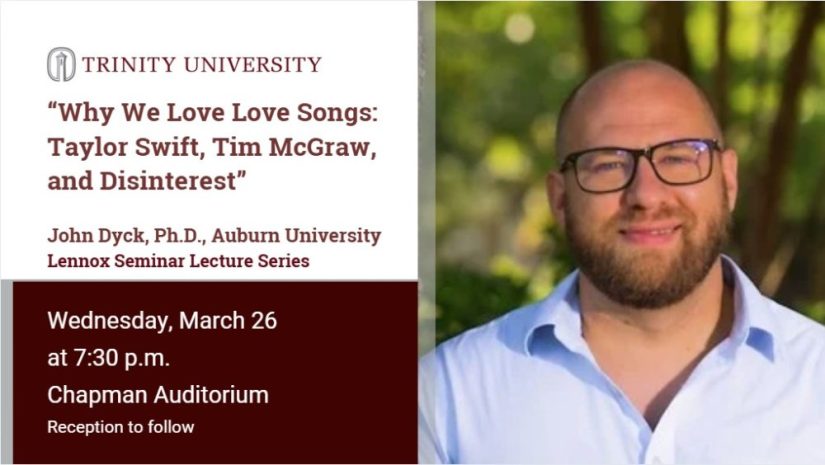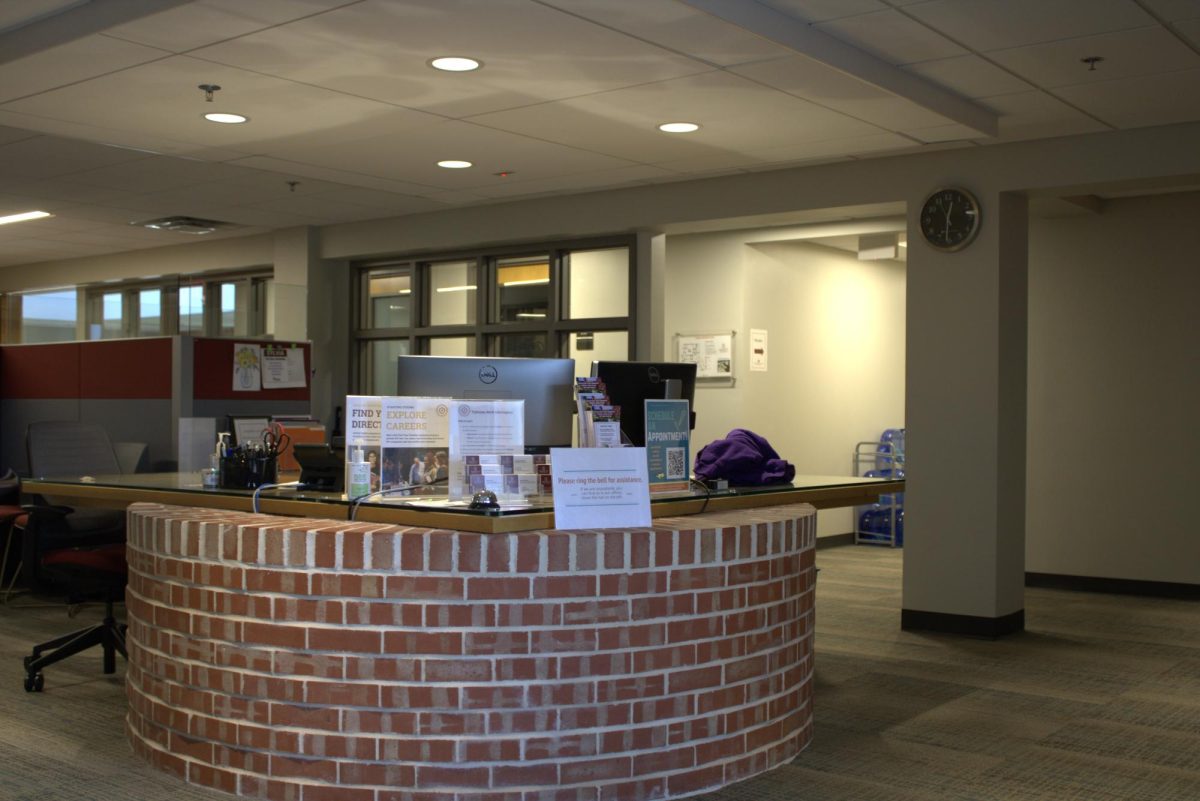Illustration by Ren Rader
CW: mention of suicide, sexual assault including rape and incest, murder
After I provided ‘content warnings’ for parts of a course this semester, a student asked if I would write about them for the Trinitonian. Here I say a bit about what they are and why I provide them.
Content warnings (CWs) are advance descriptions of material that some people may find difficult: not personally offensive but specifically ‘triggering,’ that is, causing those people to recall their own prior experience of trauma. I routinely provide CWs in my courses, announcing when upcoming material includes potentially difficult topics. Given my teaching subjects, that effectively means some CWs in all my courses: from FYE HUMA with violent epics and wrenching tragedies; through thematic introductions to reception studies on Underworlds, centered on images of death, and Science Fiction, including stories of body horror; to courses on ancient history, contemporary literature and film — all areas awash in challenging themes.
My own courses aside, difficult topics are common across a liberal-arts curriculum, and dealing with them is an essential part of any full and honest accounting of many subjects and fields. Different professors and indeed whole disciplines take different approaches, not all of which include CWs; that is legitimate. And some research suggests that avoiding known triggers may in fact worsen aspects of existing post-traumatic stress disorder (PTSD) while systematic exposure to triggers may help reduce it, lessen related feelings of helplessness and develop resilience.
So, the situation is complex and has been made more complicated by some misleading depictions in media and resultant confusion in the culture. Why, then, do I provide CWs?
Above all, because as a professor I am, by definition, simultaneously responsible for covering subject-matter and not in a position to know whether a given stimulus will act as a trigger and recall a student’s prior experience of trauma. Like most of my colleagues, I am an expert in my field but not (also) a trained mental health professional. Like most of my colleagues, too, however, I am nonetheless expected to have some awareness of students’ mental health. In a way, that makes sense: it seems clear that mental health has some relationship to learning.
But what counts as a trigger for a student’s prior experience of trauma is a complex matter of personal history to which I don’t have — and am not qualified to have — access. By contrast, it’s relatively simple to identify topics that are more likely than others to be linked with trauma and thus to act as triggers: some such recurrent topics in coursework include suicide, sexual assault including rape and incest, and murder. By identifying such topics ahead of time, I hope to enable students to make their own informed decisions about how to approach the relevant material. That is not, as is sometimes alleged, “infantilizing”: the information rather helps students to make better-informed decisions with regard to their own mental health — surely a “grown-up” skill.
From this perspective, CWs are similar to course descriptions, only more specific and usually closer in time. To some critics, however, CWs differ from other advertisements of subject-matter in a crucial way: They seem to let students opt out of studying, and that in turn is taken as confirming a view of — especially liberal arts college — students as overprotected and both intellectually and psychologically “weak.” Now, it is true that some students have abused the concept of CWs to get out of assignments or to have speakers disinvited. That’s lamentable, and it should be discouraged. But I believe that such examples are in the minority and have had a disproportionate influence on conversations about CWs due to distorted portrayals in media.
In my own experience, students have responded to CWs not with grift or sloth but with, as ever, thoughtful decisions about how best to approach the work. In a few instances, students so forewarned have indeed opted out of engaging with material that, in their estimation, would be detrimental to their current mental health. Again, I am in no position to judge that: the effect on psychology is outside my area. What I can judge is the effect on pedagogy, and such students and I together have arrived at alternate assignments: If there is strictly no replacing any given work, still, within the confines of a course’s themes there are often meaningful substitutions. Although the same approach may not be for everybody, to me the pedagogical benefit seems clear: When students are provided with CWs, they feel a deeper sense of ownership over their own education. For that reason, and unless the evidence changes, I will continue to provide CWs in my courses.






Gloria Gatchel • Jan 16, 2021 at 12:54 pm
Personally, I use content warnings to schedule when I work with potentially triggering subjects. That is, I will do the work from home so I don’t have (another) panic attack in the library, and take my anxiety medication right before to help mitigate the effects. So having a professor indicate that content might be potentially triggering helps me do what I need to be ready for the content.